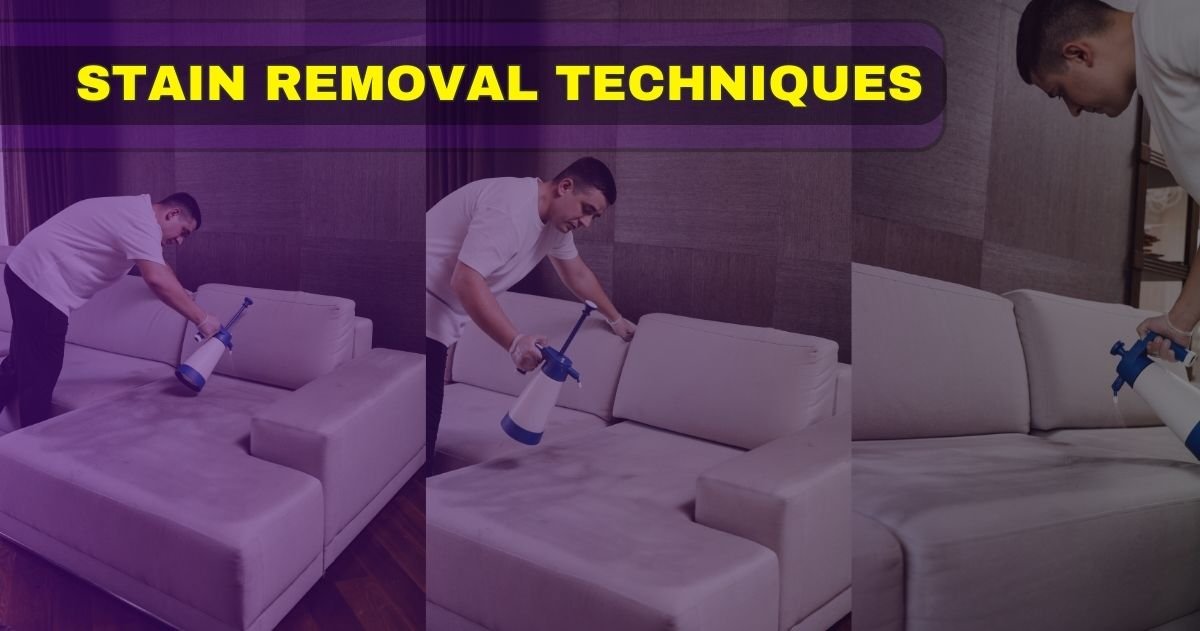
Stains, those pesky marks that seem to find their way onto our clothes, carpets, and upholstery no matter how careful we are. But fear not! With the right knowledge and techniques, even the most stubborn stains can be banished for good. In this comprehensive guide, we’ll delve into 10 expert-approved methods for removing stains effectively. From pre-treating to steam cleaning, you’ll learn everything you need to know to tackle Blemish like a pro.
Understanding Different Types of Blemish
Blemish come in various forms, each requiring a different approach for effective removal. From organic Blemish like food, beverages, and bodily fluids to inorganic stains like ink, grease, and paint, understanding the composition of the stain is crucial in determining the most appropriate removal method.
Pre-treating Blemish
Preparation is key when it comes to stain removal. Before applying any cleaning solution, it’s essential to pre-treat the affected area to loosen the Blemish and make it easier to lift during the cleaning process. Pre-treatment methods may include gentle scraping, blotting with a clean cloth, or applying a specialized Blemish remover.
Blotting vs. Rubbing
When dealing with Blemish, it’s essential to remember the golden rule: blot, don’t rub. Rubbing a stain can spread it further and damage the fabric or surface, making it more challenging to remove. Instead, gently blot the Blemish with a clean cloth or paper towel to absorb excess liquid and lift the Blemish without causing damage.
Utilizing Household Remedies
You don’t always need to rely on commercial cleaning products to tackle stains effectively. Many common household items, such as baking soda, vinegar, lemon juice, and dish soap, can be used to create homemade stain removers that are both effective and environmentally friendly. These household remedies are often gentler on fabrics and surfaces than harsh chemicals, making them a preferred choice for many.
Harnessing the Power of Enzymes
For tough, set-in Blemish, enzymatic cleaners are often the most effective solution. These cleaners contain enzymes that break down the molecules in the Blemish, making it easier to lift and remove. Enzymatic cleaners are particularly useful for organic Blemish like pet accidents, blood, urine, and food spills, as they target the proteins and fats that make up these Blemish.
Choosing the Right Cleaning Agents
With a myriad of cleaning products available on the market, choosing the right one can be overwhelming. From oxygen bleach and solvent-based cleaners to enzyme-based and eco-friendly options, each type of cleaner has its strengths and weaknesses. Understanding the properties of different cleaning agents and their compatibility with specific types of Blemish and surfaces is essential in selecting the most suitable product for the job.
Steam Cleaning Techniques
Steam cleaning is a powerful method for removing Blemish from carpets, upholstery, and hard surfaces. Using hot steam at high pressure, steam cleaners penetrate deep into the fibers of fabrics and the pores of surfaces, loosening dirt, grime, and Blemish for easy removal. Steam cleaning is effective, eco-friendly, and safe for use on a wide range of surfaces, making it a popular choice among professionals and homeowners alike.
Professional Dry Cleaning
For delicate fabrics or stubborn stains that resist conventional cleaning methods, professional dry cleaning may be the best solution. Dry cleaners have the expertise, specialized equipment, and professional-grade cleaning agents needed to tackle even the toughest Blemish without causing damage to the fabric or compromising its integrity. While professional dry cleaning may be more expensive than DIY methods, the results are often worth the investment, especially for valuable or irreplaceable items.
Seeking Professional Help
Sometimes, despite your best efforts, a Blemish may prove to be too stubborn or extensive to remove on your own. In such cases, don’t hesitate to seek help from a professional cleaner. Professional cleaners have the knowledge, experience, and resources to assess the situation and recommend the most effective Blemish removal techniques for your specific needs. Whether it’s carpet cleaning, upholstery cleaning, or garment care, professional cleaners can help restore your belongings to their former glory.
Preventing Future Stains
The best way to deal with Blemish is to prevent them from occurring in the first place. Simple strategies like using coasters and placemats, practicing proper food and beverage handling, promptly addressing spills and accidents, and implementing regular cleaning and maintenance routines can help minimize the risk of Blemish and prolong the life of your fabrics and surfaces.
Conclusion
Blemish removal can be a challenging and sometimes frustrating task, but armed with the right techniques and knowledge, you can tackle even the toughest stains with confidence. By understanding the nature of stains, utilizing appropriate cleaning methods, and knowing when to seek professional help, you can keep your clothes, carpets, upholstery, and surfaces looking clean, fresh, and stain-free for years to come.
